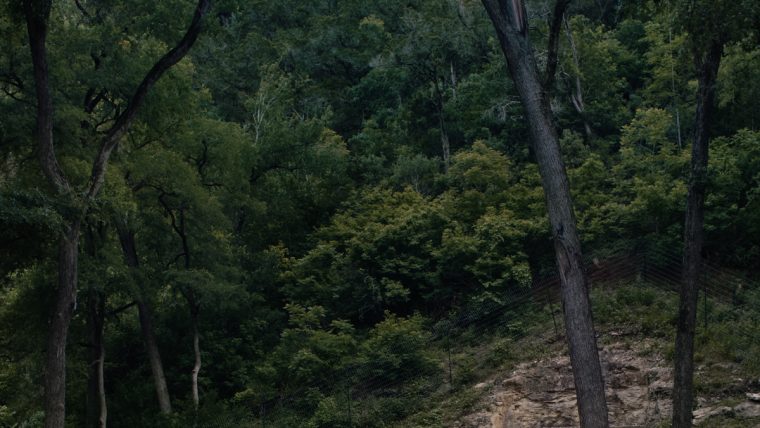Will Jones elected not to produce an encyclopedic book with “How to Read New York,” but rather to entice people – to give them a taste of the splendor of the city.
“I’ve visited the city many times, and know it well,” he says. “So I wanted to include some of the big hitters, but also some of the more unusual.”
And so he has.
Included here are the well-known Empire State and Woolworth Buildings, alongside Frank Lloyd Wright’s only New York City residence – his Prairie Style home on Staten Island, called Crimson Beech.
Originally conceived as a book to be broken up into buildings from the five boroughs, the volume evolved into a slim catalog of about 100 structures of different ages and styles, most on the island of Manhattan.
“It came down to my personal preferences, with some guidance from Rizzoli,” the author says.
Among his favorites is Renzo Piano’s New York Times Building. “It’s light and transparent, compared to other skyscrapers designed to reflect their surroundings,” he says.
Also, the New Academic Building at Cooper Union, by Morphosis, which appears to be a huge, solid mound from the outside but in fact is quite transparent on the inside.
And Louis Sullivan’s sole New York building, the 13-story Bayard Condict office tower at 65 Bleecker St. “There’s an extravagance of decoration on the façade,” he says. “It’s a transition between classical and modern architecture.”
And finally, St. Patrick’s Cathedral on Fifth Avenue. “There’s something joyous about it,” he says. “When I first came to New York, I wandered down and there it was. It’s just beautiful – there’s something joyous about it. It made me smile – I was happy when I saw it.”
His book, chock full of detailed illustrations and authoritative text, will evoke a similar emotion.
For more on “How to Read New York,” go to http://www.rizzoliusa.com/book.php?isbn=9780789324900
[slideshow id=620]

